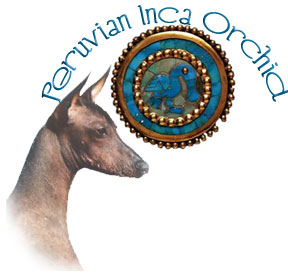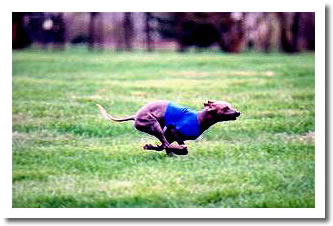
Many theories abound to the origin of the Peruvian Inca Orchid, but they are believed to have been around since A.D. 750 when they appeared in the settlements of the Moche people of Peru. |
 |
|
|
Photographs by Steve Surfman & Shot On Site |
  |
|||
|
The Inca Indians put great value in the hairless dogs, although both coated and hairless can be in the same litter, in their language of Quechua they were called Ca-Allepo which translates into "dogs without vestments". Some other names for the breed are Moonflower Dog, Perro Flora, Chien nu du Pérou, Peruanischer Nackthund, Peruvian Hairless Dog, Pila Dog, Perunkarvatonkoira, Peruu Inca Orhideekoer, Inkade Orhideekoer, and Peruaanse Haarloze Hond. The Inca nobility kept the hairless dogs in their homes as pets and bed warmers, they were not permitted to mix with the coated dogs that the Indians kept for use as hunters.
|
||||
|
The Peruvian Inca Orchid is a hairless sight hound native to South America. He is trim, fast and graceful; much like a deer in structure and movement. The PIO is reserved with strangers at first and needs early socialization. He is independent yet easy to live with, gets along with other dogs and is usually good with children. If a light skinned variety, he needs protection from cold and sun though he is hardy. The hairless have upright ears while the coated have drop ears. All colors are allowed but white or pink background with colored spots is preferred. |
|
|||
|
The breed seems to be hardy with little or no health problems. The most prominent, of course, is a lack of full dentition in the hairless. They are quiet and easy to live with, reserved with strangers until they can evaluate the situation. It is very important to begin socialization as puppies. |
||||